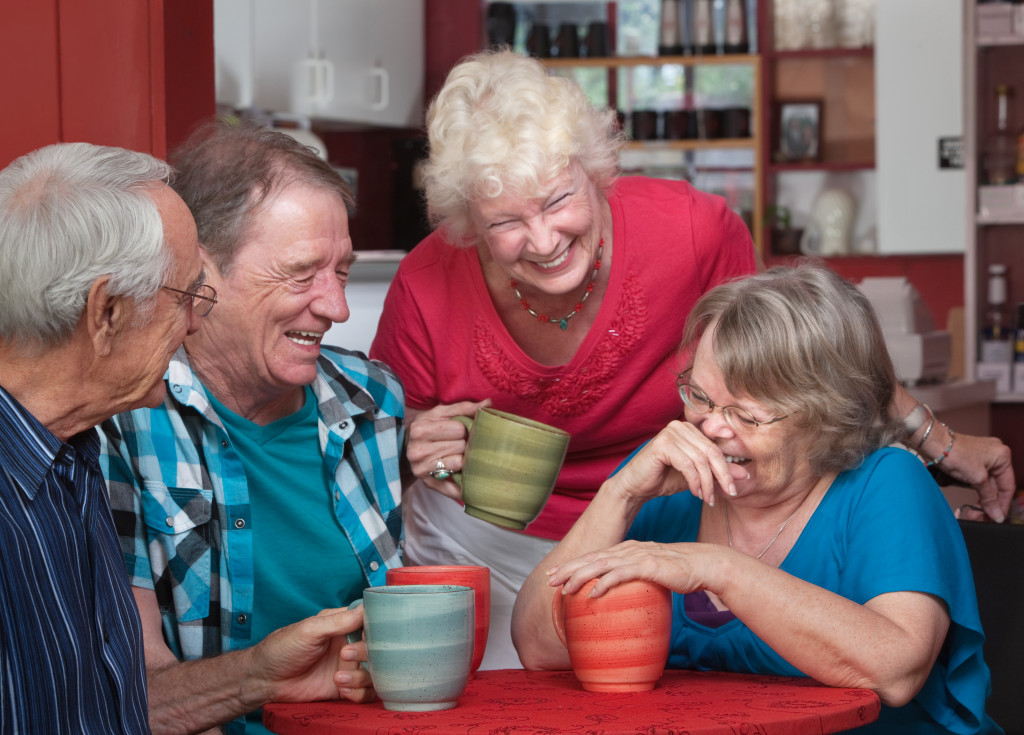Nutrition is essential to healthy living, and it’s even more important for elderly people struggling with health complications. Unfortunately, in many communities worldwide, access to nutritious food is lacking – especially among vulnerable populations like the elderly. In this blog, you’ll learn about the health implications of poor nutrition on the elderly and how to improve elderly nutrition in struggling communities:
Educate on the benefits of nutrition
One meaningful way to improve elderly nutrition is by educating seniors and their caregivers about the benefits of good nutrition. This can include information about how different foods provide specific vitamins and minerals and why it’s essential to have a balanced diet. You can also explain how proper nutrition can help prevent chronic diseases such as diabetes, heart disease, and osteoporosis.
Advocate for nutritious food options
Another way to improve elderly nutrition is by advocating for nutritious food options in local stores and restaurants. This could mean reaching out to businesses in the local community and requesting that they stock more fresh fruits and vegetables or healthier prepared meals. By increasing access to healthier food options, it will become easier for seniors (and their caregivers) to make healthy choices.
Increase accessibility with local delivery services
It can be difficult for some elderly people who live alone or have limited mobility to access groceries or other food resources. To address this issue, you may consider partnering with a local delivery service provider like Instacart or AmazonFresh that offers grocery delivery services at an affordable cost (or free). Making sure that these services are available in your target areas will give seniors greater access to healthier food options without leaving their homes or taking public transportation.
You can also explore other innovative solutions, such as mobile food pantries or meal delivery programs to provide more convenient access to nutritious foods. You can also work with local food banks and food pantries to ensure seniors access healthy and affordable foods.
Promote cooking classes and resources
Cooking classes are an excellent way for seniors (and their caregivers) to learn how to prepare nutritious meals at home using fresh ingredients. You may consider partnering with a local cooking school or even offering cooking classes yourself if you have staff with experience teaching cooking techniques.
Additionally, providing resources such as recipes with detailed step-by-step instructions and shopping lists can be especially helpful for those who need assistance preparing meals at home but don’t necessarily need the full instruction provided by a cooking class setting.
Care for their dental health
Dental health is an often overlooked but essential factor in elderly nutrition. Poor dental health can lead to a decreased ability to chew, making it difficult for seniors to eat nutritious food without uncomfortable side effects. To address this issue, you may consider setting up a dental outreach program in your local area to provide seniors with regular dental checkups and cleanings.
To do this, you need to partner with a dental clinic that can provide affordable services to seniors in your target area. You should also ensure that the dentist you choose specializes in dental implants, as tooth loss is a common issue among seniors that can significantly impact their ability to eat properly. Dental implants can be used to replace missing teeth and make it easier for seniors to eat a healthy, balanced diet. By giving seniors access to regular dental care, you can make sure they receive the nutrition they need for a healthy life.
Utilize community programs and resources

Finally, there are many community programs available that provide assistance with accessing nutritional foods like Meals on Wheels which offers home-delivered meals tailored specifically for seniors’ dietary needs; WIC, which helps low-income families purchase healthy foods; and SNAP which provides financial assistance for buying groceries each month. All elderly members of your community must know about these programs so they can take advantage of them if necessary.
Additionally, local churches and community centers may also offer food pantries or other nutrition assistance programs. You should also look into local farmer’s markets, which often offer discounts or special programs for seniors.
Improving elderly nutrition in struggling communities is crucial to ensure seniors get the nutritious food they need for a healthy life. By educating, advocating, and increasing accessibility of healthier food options, as well as providing dental care and utilizing community programs, you can help provide better nutrition for vulnerable populations like the elderly. You must continue working with others to create solutions that will support seniors in their health journey so they can live long, fulfilling lives.




